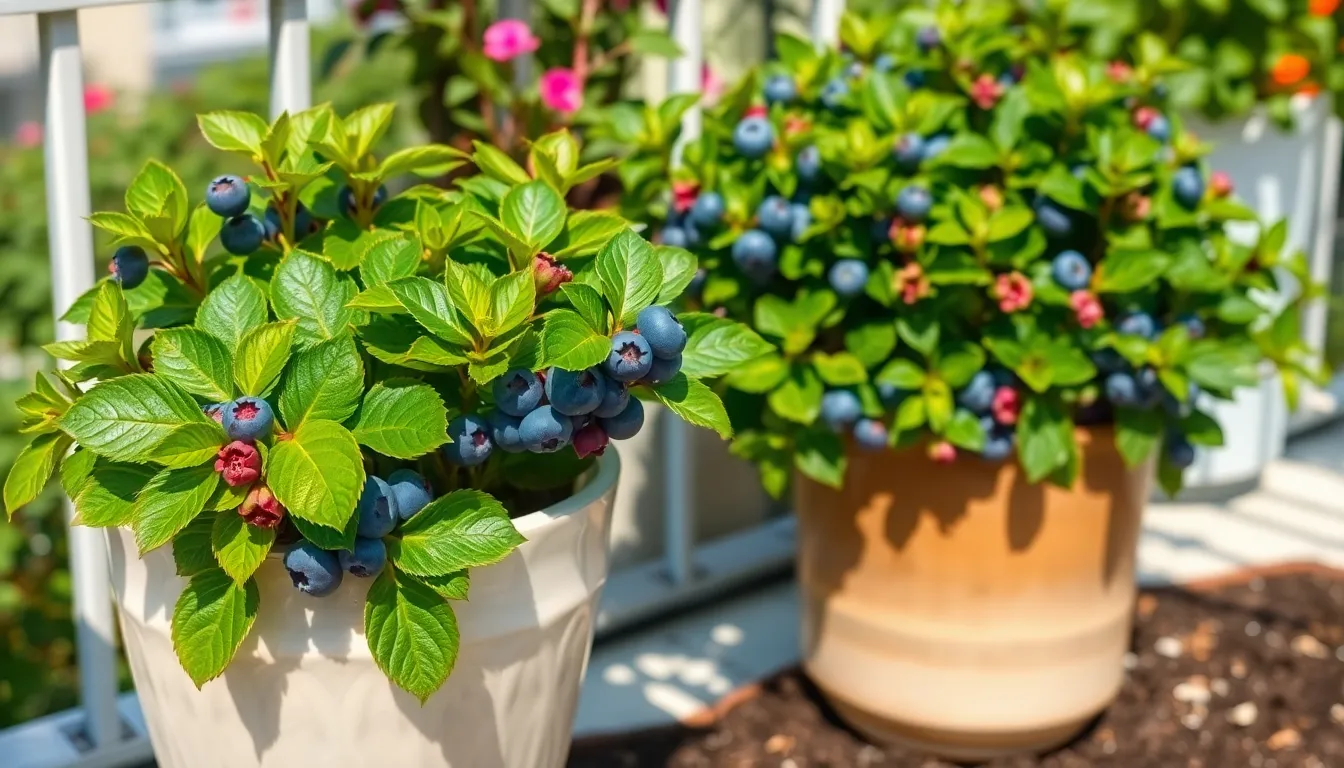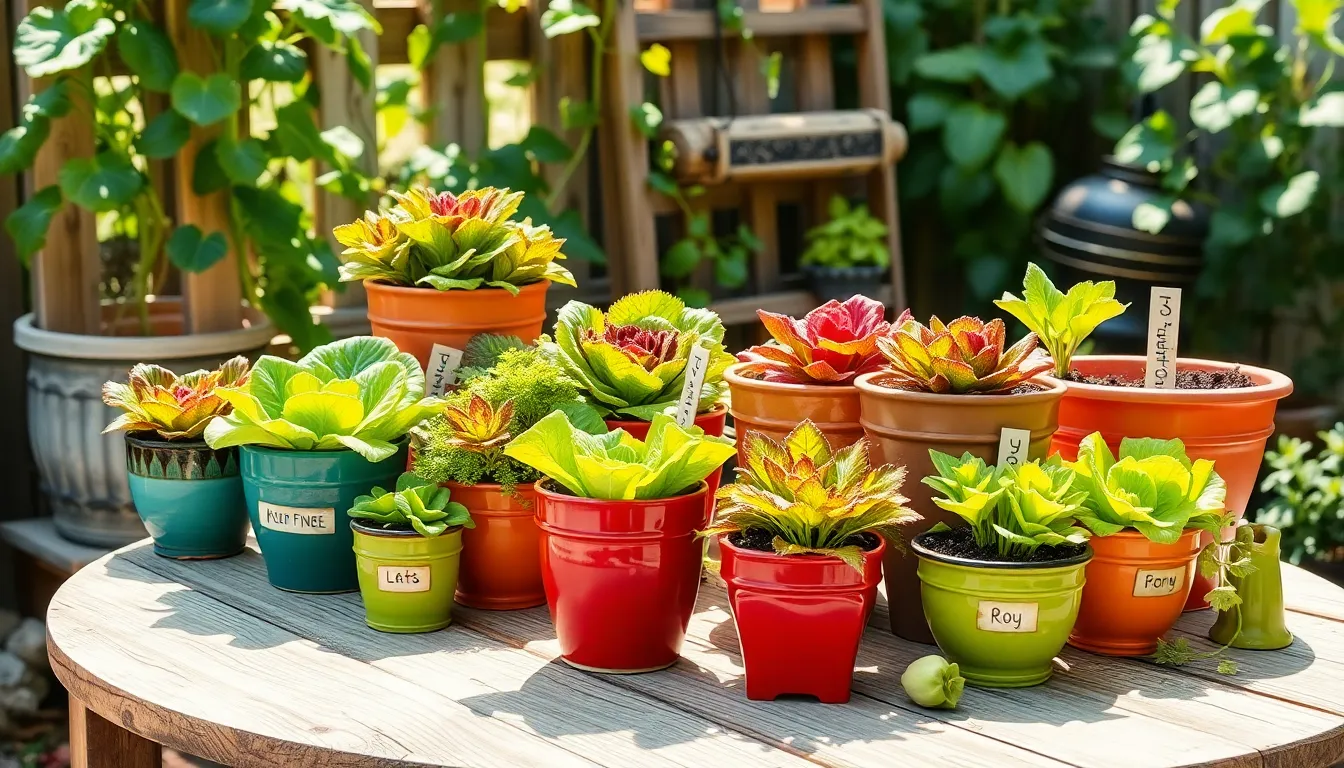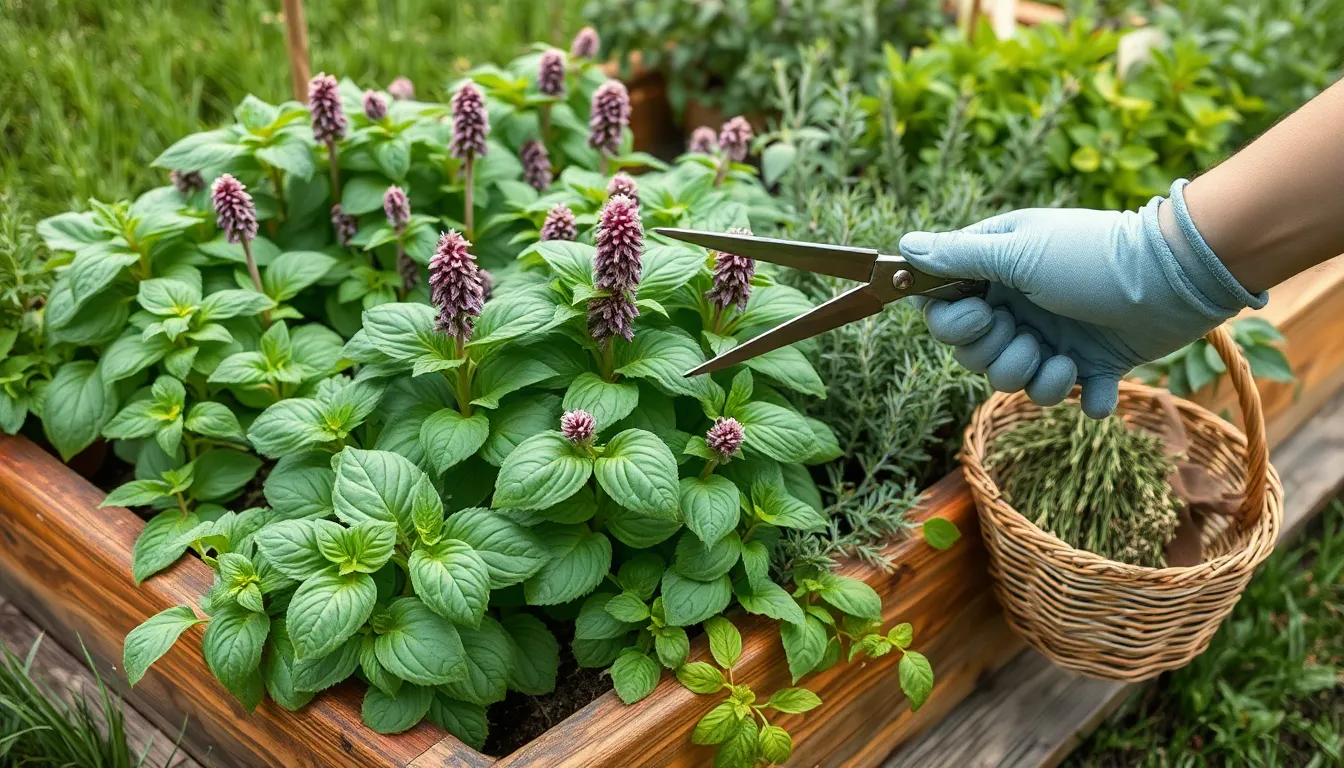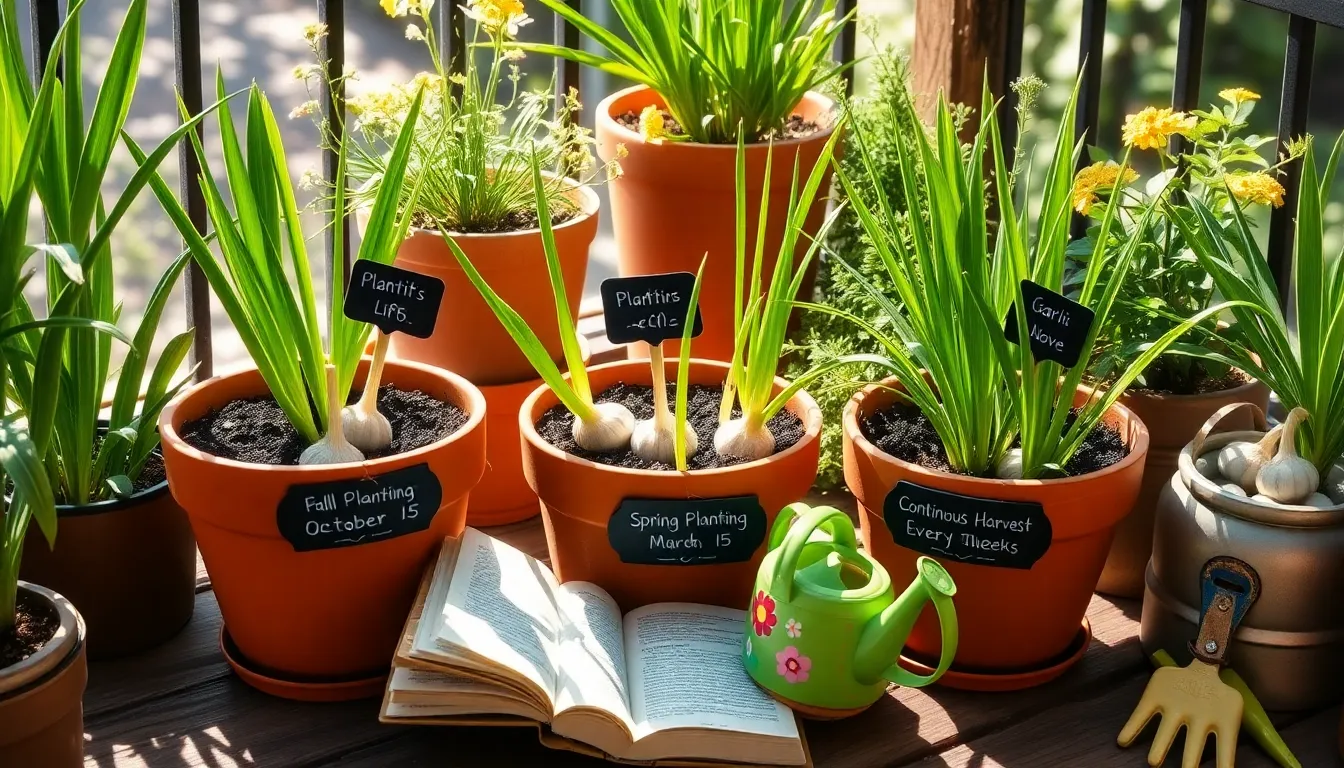Growing blueberries in pots might seem like a daunting task reserved for only the most seasoned gardeners, but it’s actually a rewarding endeavor accessible to anyone with a bit of curiosity and patience. Whether you’re a novice eager to try your hand at container gardening or a seasoned green thumb looking to expand your berry repertoire, understanding the common myths about potting these delicious berries can help turn your balcony or backyard into a berry haven.
This article will guide you through the misconceptions that often discourage gardeners from potting blueberries and help you cultivate these nutrient-rich berries with confidence. From debunking the myth that blueberries require expansive garden plots to understanding their unique soil needs, you’ll discover practical insights that make blueberry container gardening both feasible and fun. By the end, you’ll feel empowered to nurture your very own potted blueberry bush, reaping the sweet rewards of your labor right from your porch.
Myth: Blueberries Need Huge Pots
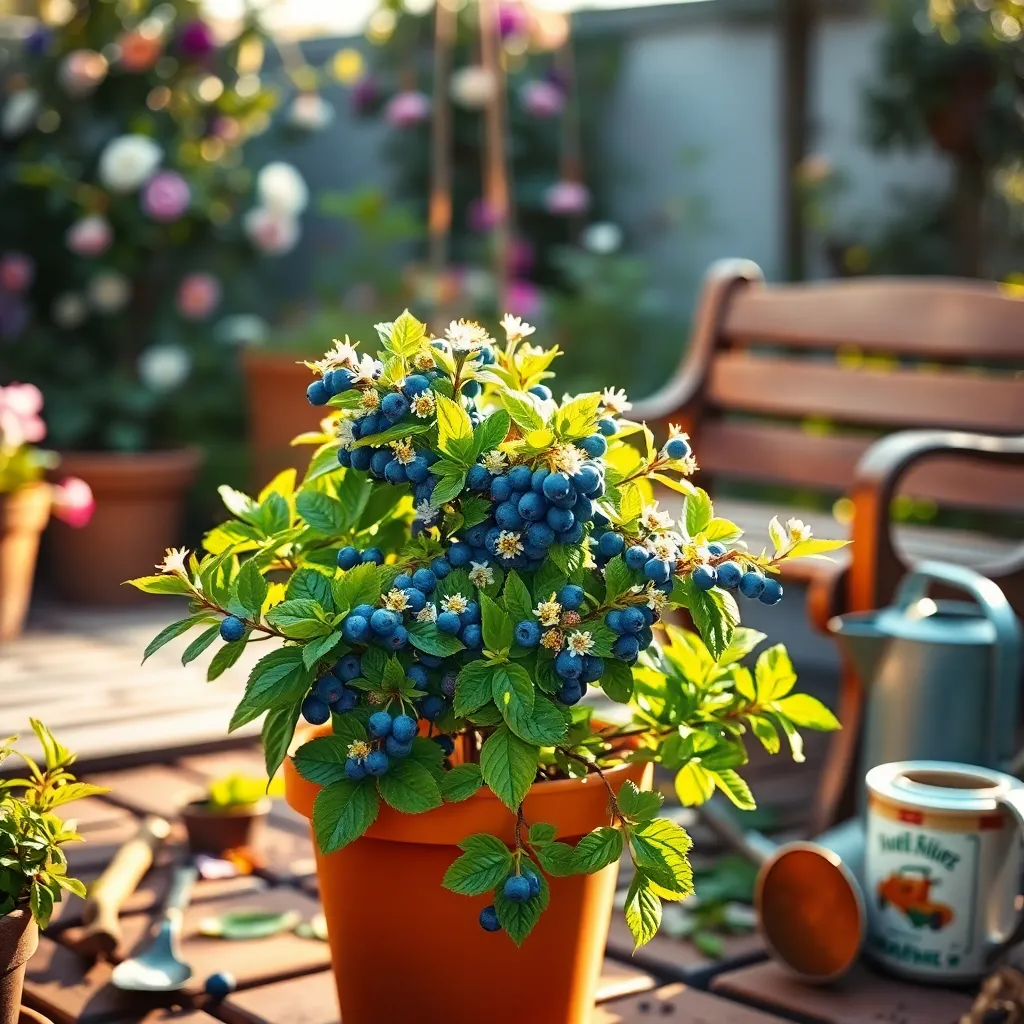
It is a common misconception that blueberries require enormous pots to thrive. While space is important, blueberries can flourish in containers as small as 12-18 inches in diameter, provided they have adequate depth for roots to grow.
Choose a pot with good drainage to prevent waterlogged roots, which blueberries are particularly susceptible to. A pot that is 16-20 inches in depth will support the root system’s needs and help the plant reach its full potential.
Another crucial factor is the soil type—blueberries prefer an acidic environment. Use a potting mix specifically designed for acid-loving plants or create your own blend by combining peat moss, pine bark, and perlite.
Watering is equally important, as blueberries require consistent moisture. Keep the soil evenly moist but not soggy, and consider mulching the top layer with pine needles to retain moisture and maintain acidity.
For those looking to maximize fruit production, consider fertilizing with a balanced, acid-forming fertilizer. Apply it in early spring and again after harvest to provide essential nutrients without overwhelming the plant.
Debunking Acidic Soil Necessity
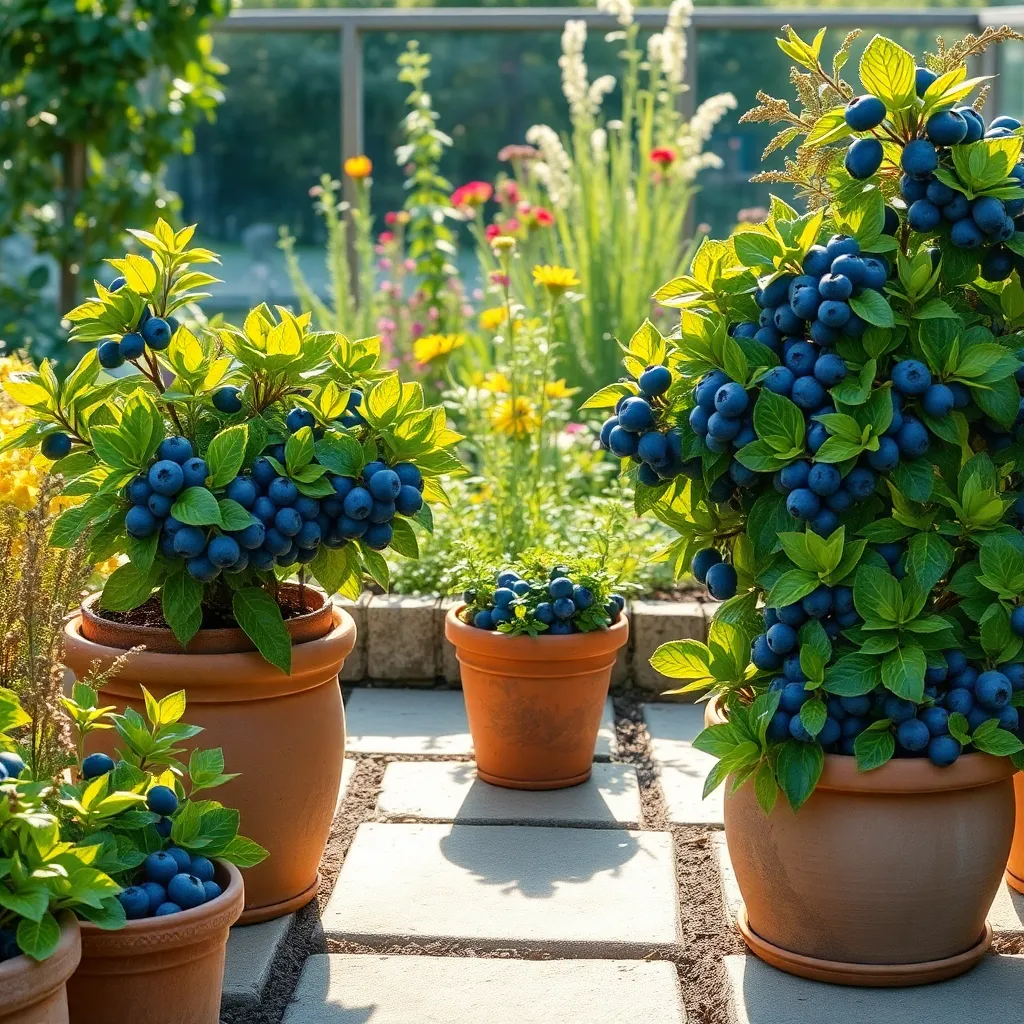
While it’s commonly believed that blueberries require highly acidic soil, they can actually thrive in a range of conditions with the right care. Blueberries prefer slightly acidic soil with a pH level between 4.5 and 5.5, but you can create suitable conditions in pots with the right mix.
Consider using a blend of peat moss, pine bark, and perlite to create an ideal potting mix. This combination retains moisture, provides aeration, and naturally lowers the pH to suit blueberry needs, making it a practical solution for pot cultivation.
Monitoring your soil’s acidity is crucial, but it doesn’t have to be complex. Use a simple soil pH test kit available at most garden centers to ensure your soil remains within the desired range, and adjust with sulfur or acidity-enhancing fertilizers as needed.
Remember to water your blueberries consistently, as pots dry out faster than garden beds. Check the moisture level regularly, and aim to keep the soil slightly moist but not waterlogged to promote healthy growth and fruit production.
Clarifying Watering Frequency Misconceptions
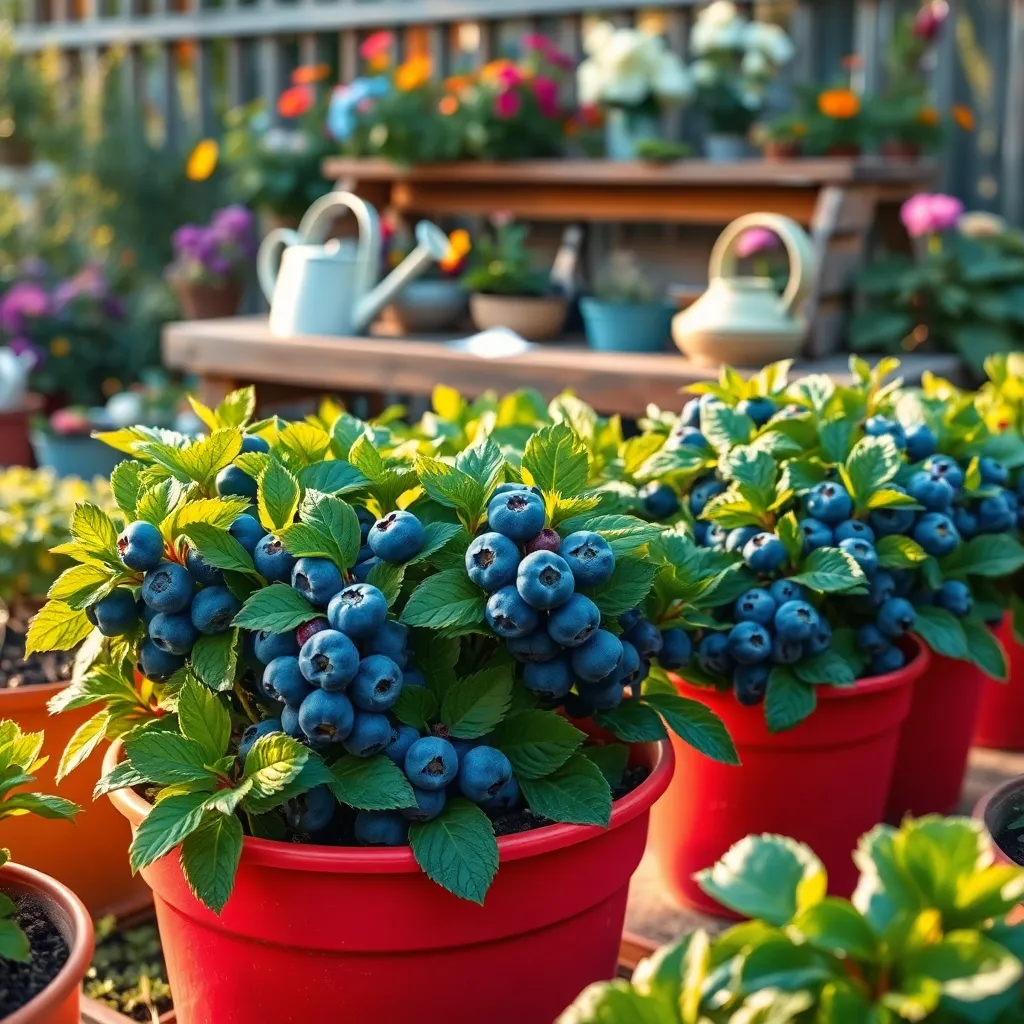
Many gardeners believe that blueberries in pots require daily watering, but this is not always the case. Blueberries prefer consistently moist soil, not soggy conditions, which can lead to root rot.
It’s important to check the soil moisture before watering. Insert your finger about an inch into the soil; if it feels dry, it’s time to give your blueberries a drink.
For consistent results, consider using a moisture meter to gauge soil conditions more accurately. These tools help prevent overwatering by providing precise readings, ensuring your plants get just the right amount of moisture.
Watering frequency can vary based on weather and pot size. During hot summer months, you might need to water more frequently, while in cooler seasons, less frequent watering is often sufficient.
Exposing Sunlight Requirement Myths
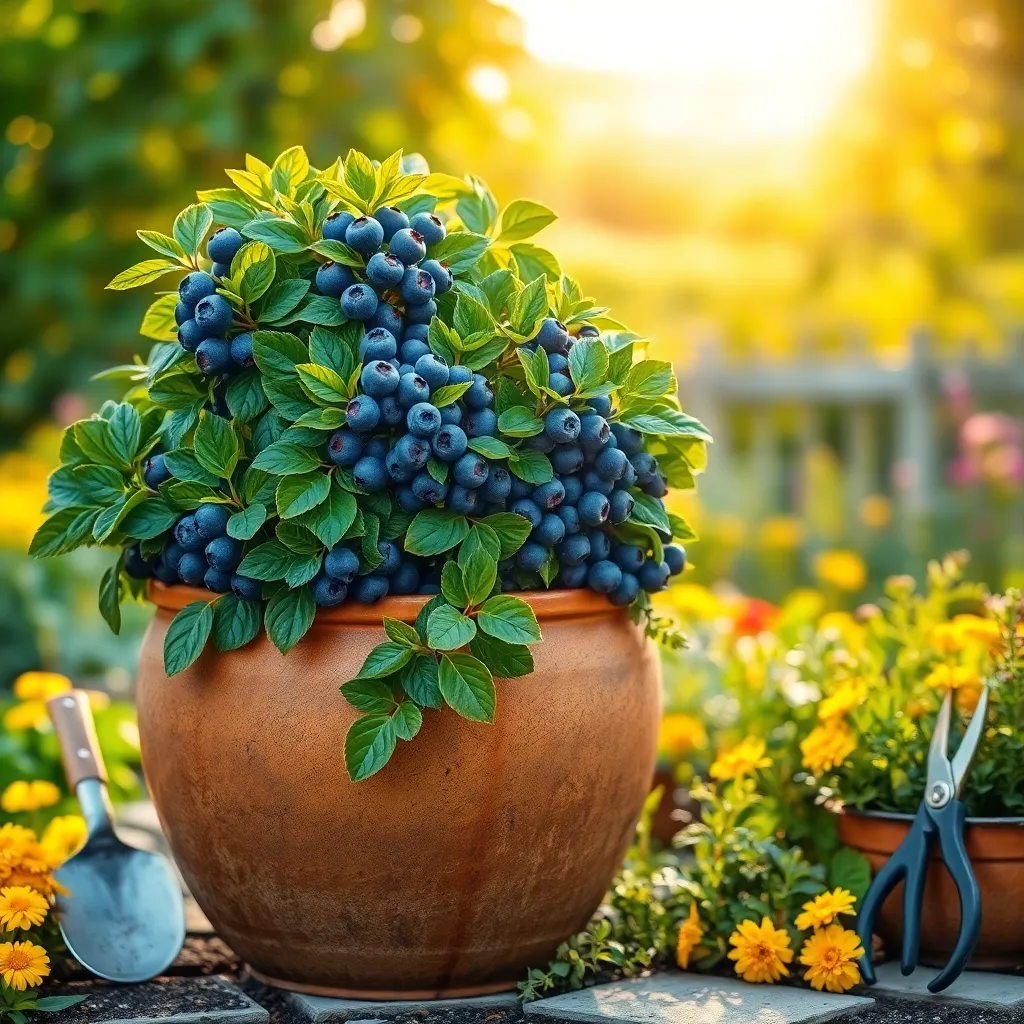
Many gardeners believe that blueberries need full sun all day, but this isn’t entirely accurate. While blueberries do thrive with plenty of sunlight, they can also benefit from some afternoon shade, especially in hotter climates. Providing shade during the peak heat can prevent the soil from drying out too quickly, which is crucial for potted plants. This balance can help maintain soil moisture and reduce stress on the plant.
For those growing blueberries in pots, ensure they receive at least six hours of sunlight daily for optimal growth. Position your pots where they’ll get morning sun and afternoon shade if possible. This is particularly beneficial in regions with intense summer heat. Adjusting the pot’s location based on seasonal changes can also enhance growth and fruit production.
Understanding your local climate will help you determine the best sunlight exposure for your potted blueberries. In cooler areas, full sun can be advantageous, helping to ripen the berries more effectively. Conversely, in warmer zones, partial shade can protect the plants from excessive heat, ensuring they don’t become stressed or dehydrated. This nuanced approach tailors care to your specific environment, promoting healthier plants and better yields.
- Position pots for morning sun and afternoon shade in hot climates.
- Ensure a minimum of six hours of sunlight a day for healthy growth.
- Adjust pot placement seasonally to optimize sunlight exposure.
Addressing Fertilizer Misunderstandings
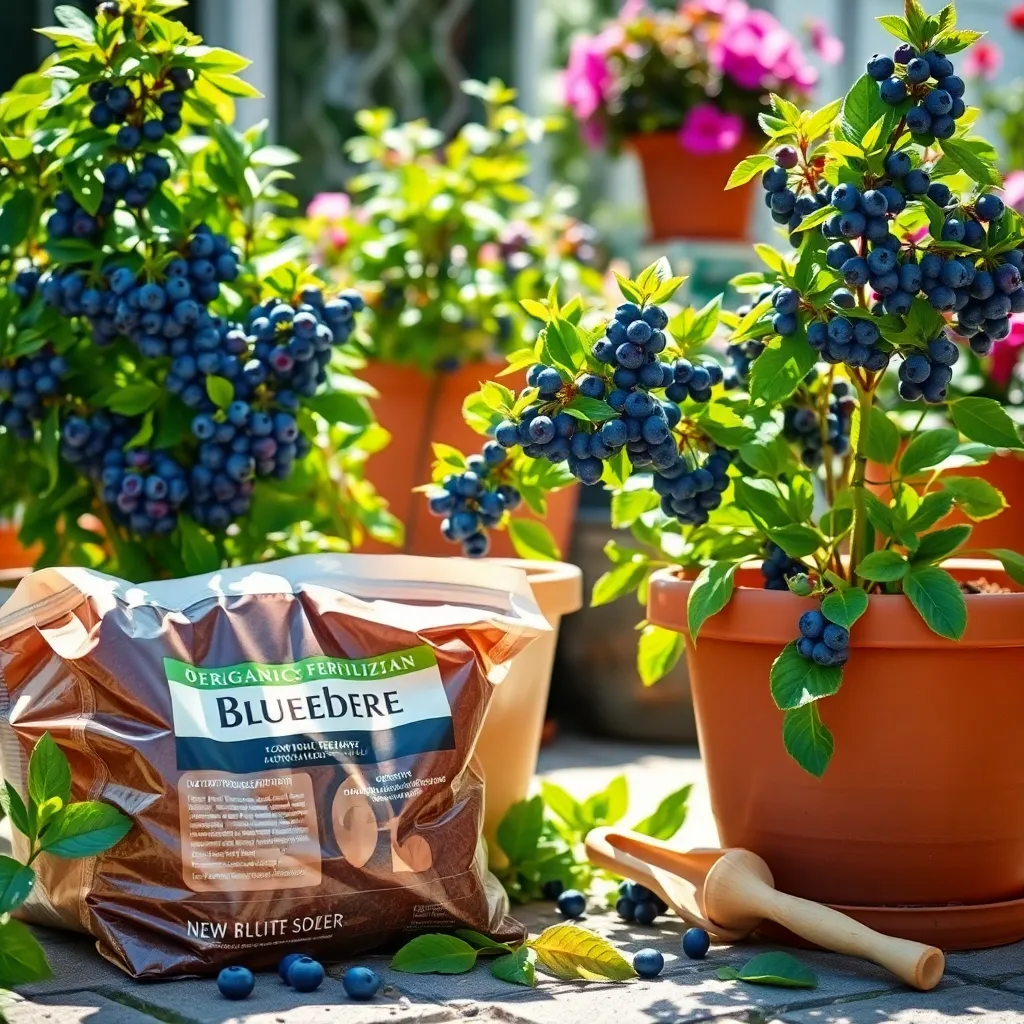
Many gardeners believe that blueberries require a lot of fertilizer to thrive, but this is not entirely accurate. Blueberries are sensitive to over-fertilization, which can lead to poor growth and even damage the plant.
It’s crucial to understand that blueberries prefer a soil with a pH level between 4.5 and 5.5. Using an acid-based fertilizer specifically designed for acid-loving plants can help maintain the right soil conditions.
For best results, apply fertilizer in early spring as new growth begins. Avoid fertilizing in late summer or fall, as this can stimulate new growth that is vulnerable to frost damage.
Beginner gardeners should start with a slow-release fertilizer to ensure nutrients are steadily available. More experienced gardeners might opt for liquid fertilizers, adjusting the concentration as needed based on plant response and growth stages.
Conclusion: Growing Success with These Plants
In wrapping up our exploration of ‘Common Myths About Growing Blueberries In Pots,’ we’ve debunked five key misconceptions that might have been holding your gardening relationship back. First, we clarified that blueberries can indeed flourish in pots with the right care. Second, we emphasized that pot size matters, and choosing the correct one ensures healthy root growth. Third, we dispelled the myth that blueberries need constant direct sunlight, highlighting that a balance of sun and shade is ideal. Fourth, we addressed the importance of proper soil acidity, and lastly, we reassured you that consistent watering is the key to thriving plants.
Now, it’s time for you to take your newfound knowledge and get your hands dirty—literally! Start by assessing your current gardening setup and make any necessary adjustments to optimize your blueberry’s growth environment.
For continued success and as a handy guide for the future, save or bookmark this article. This way, you’ll have a reliable resource to refer back to as you nurture your berry-bearing beauties. Embrace this gardening journey with confidence, knowing that with a little care and attention, your relationship with your potted blueberries will blossom beautifully. Here’s to your gardening success and the sweet rewards it brings!

